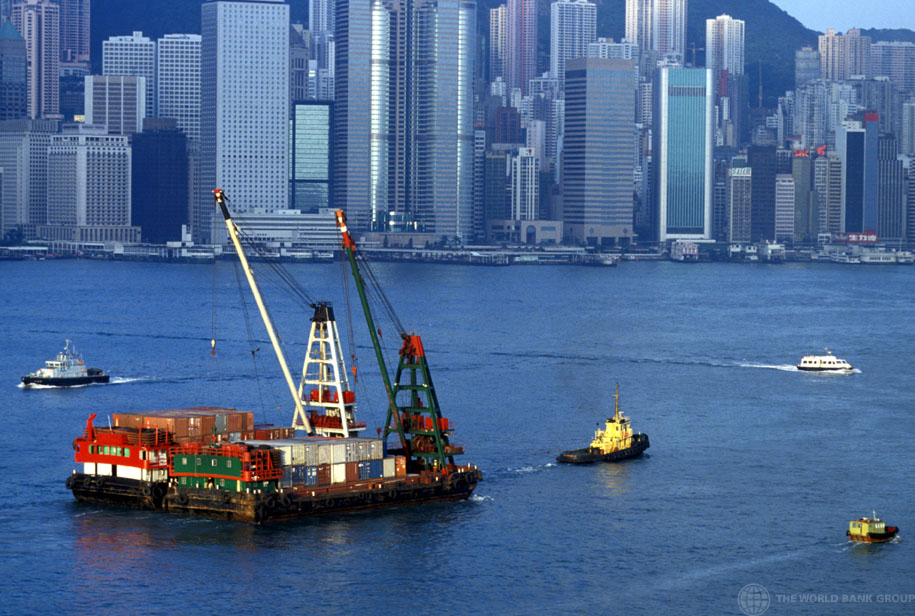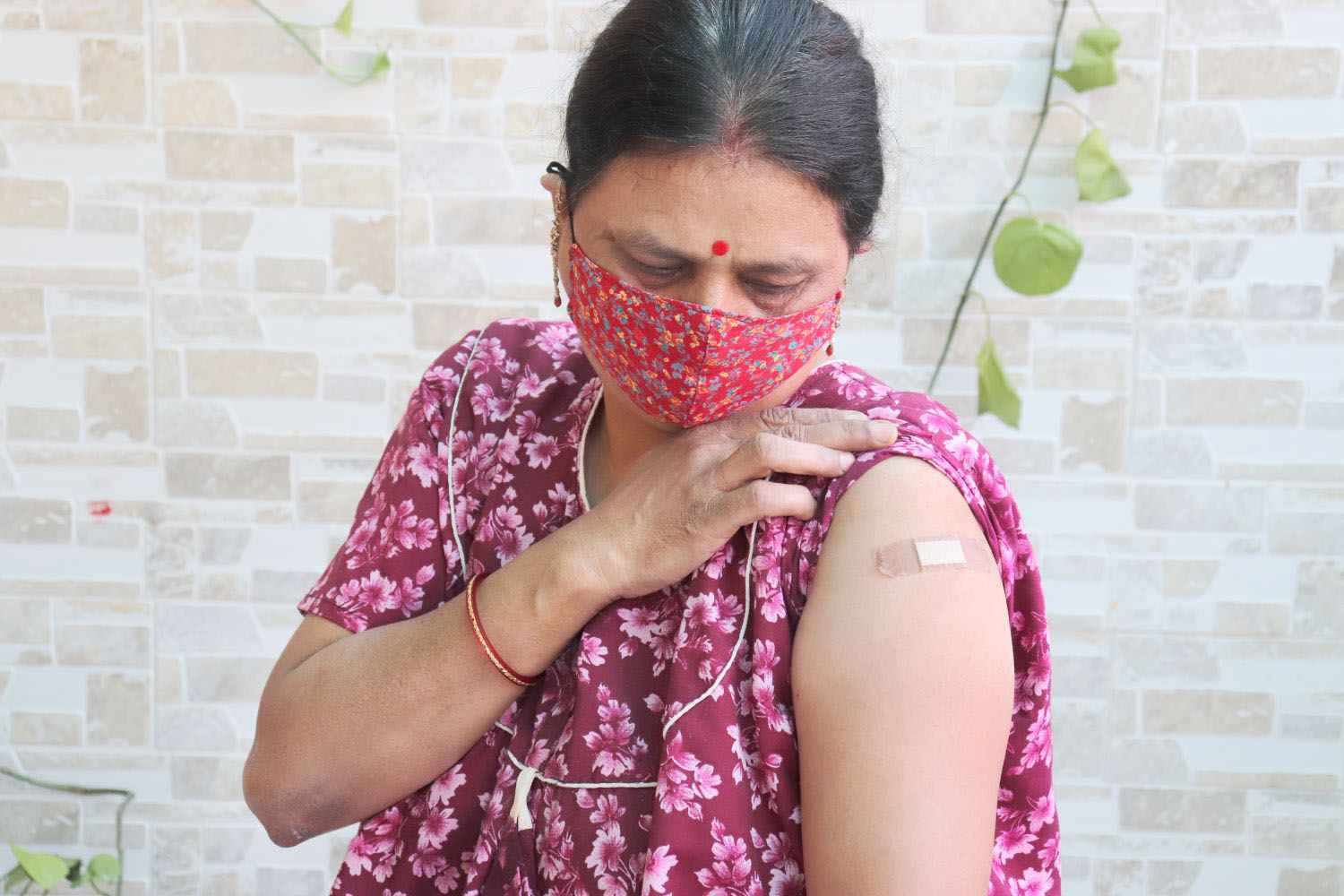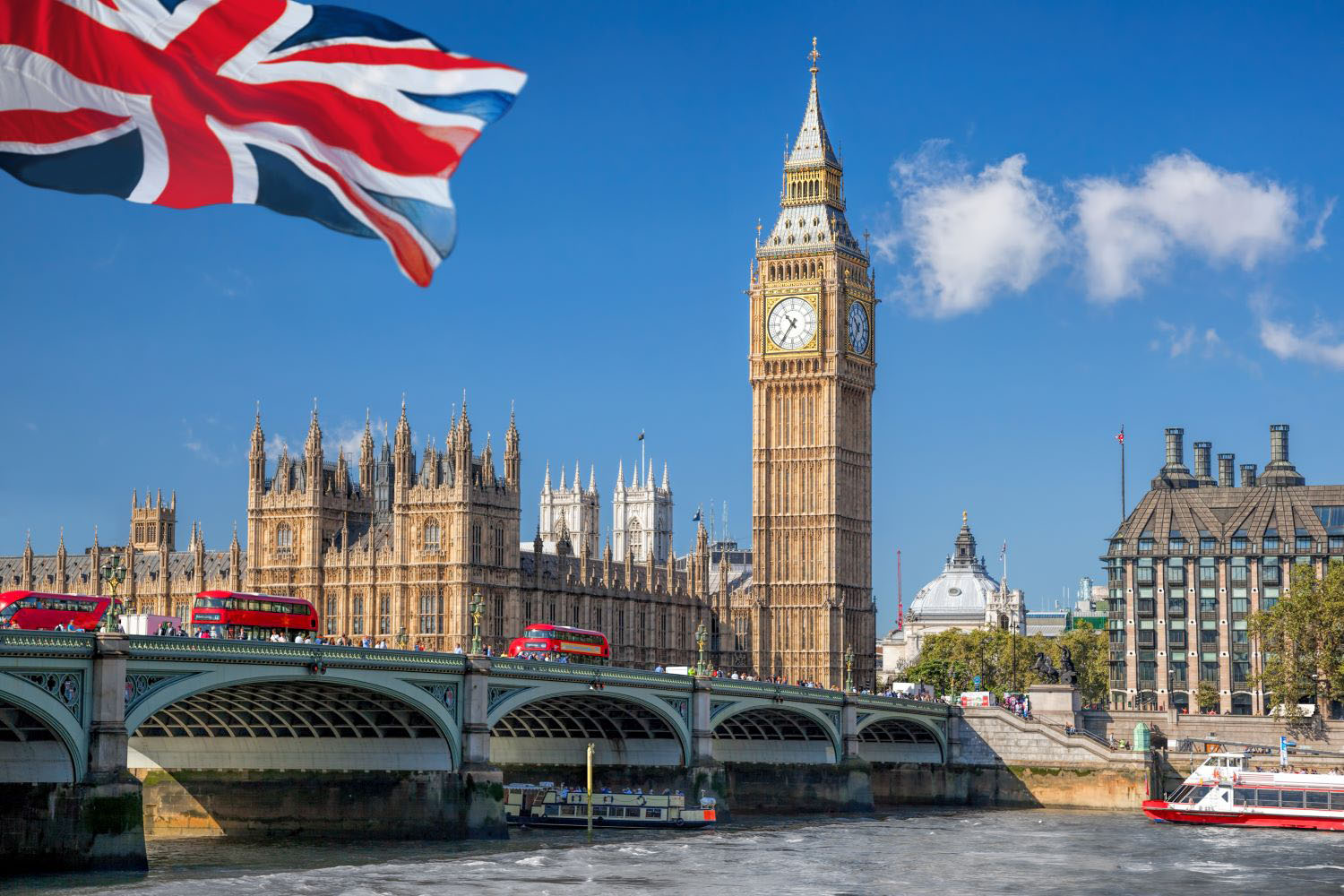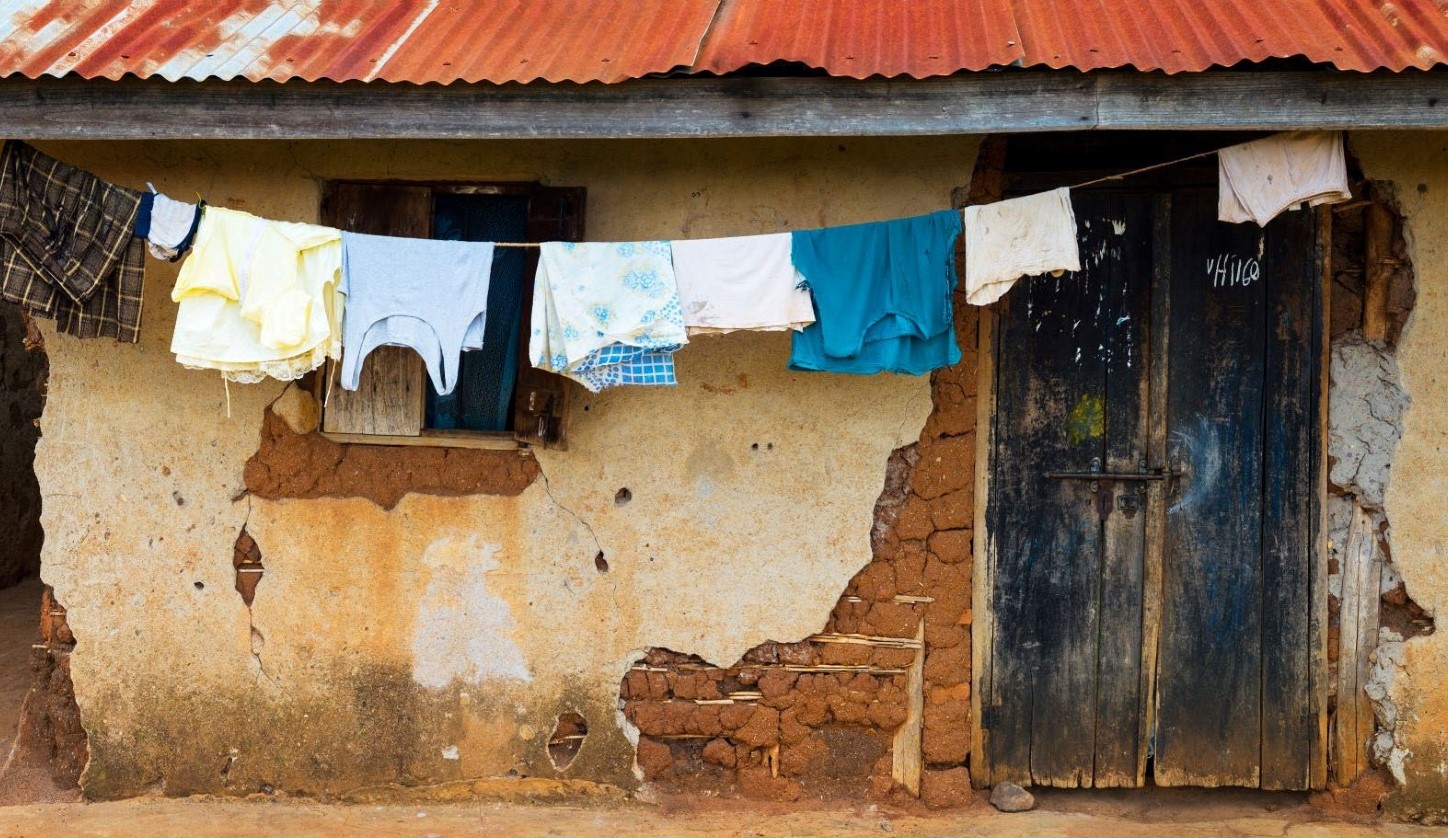Dear Ambassador Holbrooke:
At the second meeting of the CGD Study Group on a U.S. Development Strategy in Pakistan, we focused on what U.S. policies and aid programs would be most effective in dealing with the security and development challenges in the FATA region and vulnerable neighboring states. I would like to make the following three points, guided by input from our study group members.
I urge considerable caution in the amounts of money and the types of programs that the United States supports in the FATA region. We are uncomfortable with reports that FY2010 spending in FATA could reach as much as $150 million, if indicative of the direction you plan to take. Members of the study group are concerned that political and other pressures will lead to spending too much too quickly in the FATA region, beyond the planned immediate spending to rebuild areas damaged by conflict.
Why this discomfort? As I noted in my last letter, there is little evidence that development aid in conflict environments such as Afghanistan has achieved stability or security benefits in the short term while there is some evidence that it can be counterproductive. There is some potential for U.S. aid to support progress on long-term development objectives, but as you know well, the FATA region is a challenging environment for implementing any aid program effectively. Spending on development projects and programs in that region should probably be considered to be like high-risk venture capital. Success will depend on willingness to take risks, move slowly, learn from what is working, and make adjustments. The question is whether there is the political space for the United States to operate that way.
Study group members emphasized that there may be greater potential for small programs that would generate jobs in the region, as explained in point number three below, despite the apparent problems with implementing the large livelihood development programs planned by USAID in 2008–09, as reported by the GAO. We understand that the targeted, quick-impact Office of Transition Initiatives programs and the small USAID programs in health have made noteworthy progress against their own output targets. In FATA, it may be that small—in money and ambition—may be the way to proceed in the next year or two at least.
The FATA Secretariat is still weak and local security remains a problem. Supporting government-run development projects in FATA is therefore a high-risk business. However, some assistance could be used to catalyze private investment in small-scale industrial development to create jobs in FATA and in neighboring regions. By engaging with Pakistanis who would have a stake in the success of their own investments, such a strategy would leverage aid money and spread risk. Ways to do this could include providing risk insurance for private enterprises, offering matching grants on wage payments, and subsidizing goods produced in the region. For a limited period, aid-funded subsidies are warranted to the extent there is some chance they would support early adopters and provide a demonstration effect, particularly given the short-term benefits of creating private-sector jobs. The key is to avoid the mistakes of past subsidy programs, in which firms exploited upfront incentives and then relocated elsewhere. In targeted high-potential sectors like marble production, USAID could fund basic infrastructure for clusters of local businesses, providing leasable equipment and off-grid reliable power at a subsidized rate.
Lastly, I urge you to work with Congress to develop legislation for duty-free, quota-free access to the U.S. market for all Pakistani exports for at least the next five years. In addition to the sorts of catalytic assistance explained above, broader access to American markets could help the Pakistani private sector create many new jobs. Current legislation pending in the Congress that proposes the creation of Reconstruction Opportunity Zones (ROZs) for Pakistan and Afghanistan is an important first step that would be well received in Pakistan. However, our analysis shows that ROZs might have minimal economic impact in FATA while failing to exploit considerable potential in Punjab, Sindh, and other more urbanized parts of the country. Providing duty-free, quota-free access to U.S. markets for all Pakistani exports from all regions would have a greater effect, encouraging diversification and increasing the potential dividends of market access. Recent analysis suggests that doing so would have little impact on U.S. textile producers. Finally, the legislation should incorporate the cut-and-sew rule of origin used for apparel under the African Growth and Opportunity Act. If the administration signaled its interest and outlined the importance of trade to the broader U.S. strategy in Pakistan, we believe that many outside parties, including the Center, would support these provisions on Capitol Hill.
I understand that spending aid money effectively in Pakistan’s most unstable regions is difficult, and I applaud you for taking the time to carefully consider a path forward. Members of the study group and I were pleased to hear of the good thinking and sensible approaches that emerged from the U.S.-Pakistan Strategic Dialogue. We are also pleased with what we have not seen, namely a tsunami of new aid money being poured into Pakistan. Spending less money may make sense if it means spending it well.
Finally, I would like to return to one of the four points made in my last open letter, regarding the transparency of the U.S. program in Pakistan. Transparency is critical to win the trust of the Pakistani people and establish reasonable expectations here in the United States. More open and regular updates about program plans and proposed budgets, perhaps along the lines of the Pentagon’s weekly Pakistan-Afghanistan Federation Forum VTC, would enable the U.S. policy research community to play a constructive role in supporting the difficult but ambitious effort you are leading, as well as in helping Congress and the American public understand it. I can understand that the many layers of involvement within the U.S. government in setting U.S. aid and development policy for Pakistan creates a challenge to timely sharing of plans with the larger public. However, the lesson from experience in the donor community operating in difficult settings is that exposing all interested parties to the process, uncertainty and risks, and the need to learn and adjust over the course of the program, can improve chances of overall success—both on the development and political dimensions.
I hope our letters are and will be helpful to you and your colleagues, and I welcome any comments from you or any of those working with you.
Sincerely,
Nancy Birdsall
President, Center for Global Development
Rights & Permissions
You may use and disseminate CGD’s publications under these conditions.





